Argireline, often dubbed as “Botox in a bottle,” is a synthetic peptide known for its anti-aging benefits. Unlike Botox, which is injected to smooth out wrinkles, Argireline is applied topically. But does it truly mimic the effects of Botox? Let’s delve into the science behind both treatments to find out.
Table of Contents
What is Argireline?
Argireline, also known as Acetyl Hexapeptide-8, is a synthetic peptide designed to reduce the appearance of wrinkles. This peptide claims to offer similar benefits to Botox injections, promising smoother skin without the need for needles. The idea is enticing: apply a cream or serum and achieve Botox-like results. But does Argireline live up to the hype?
In the name of full transparency, please note that this post contains affiliate links and any purchase made through such links will result in a small commission for us.
How Botox Works
To understand Argireline, we first need to understand how Botox works. Botox, or botulinum toxin, is injected into the skin to relax facial muscles and reduce wrinkles. It targets the neuromuscular junction, a site where nerves communicate with muscles. Normally, nerves release a chemical called acetylcholine to signal muscles to contract. Botox works by inhibiting the release of acetylcholine, preventing muscle contraction and thus smoothing out wrinkles.
How Argireline Works
Argireline works similarly but in a topical form. This peptide mimics one of the proteins in the SNARE complex, which is involved in the release of acetylcholine. By inhibiting this release, Argireline aims to reduce muscle contraction and mimic the effects of Botox. This makes it an attractive option for those who prefer not to undergo injections.
Research on Argireline for Wrinkles
The big question is: does Argireline actually work? Early research shows promise. Pre-clinical studies indicate that Argireline can inhibit acetylcholine release in cells. In a 2013 study on mice, Argireline improved collagen production, hinting at potential wrinkle-reducing benefits. However, collagen synthesis is not how Botox works, so this finding, while interesting, doesn’t directly support Argireline’s Botox-like claims.
Clinical Studies
Several clinical studies have tested Argireline’s effectiveness on human skin. In 2002, a study with 10 female volunteers showed a 30% reduction in wrinkle depth after 30 days of using Argireline. Importantly, this study assessed static wrinkles—those present at rest—not dynamic wrinkles, which appear with facial movements and are the primary target of Botox.
A 2013 study with 60 participants found that Argireline reduced wrinkle depth and skin roughness significantly more than a placebo. However, this study also focused on static wrinkles. A 2017 study showed that Argireline improved skin hydration, which can also help reduce the appearance of fine lines.
Penetration and Effectiveness
For Argireline to work like Botox, it needs to penetrate the skin deeply enough to reach the neuromuscular junction. A 2015 study found that most Argireline applied to the skin remained on the surface, with less than 1% penetrating deeper layers. This suggests that while Argireline can improve skin hydration and the appearance of static wrinkles, it is unlikely to reach and affect muscle contractions like Botox does.
Conclusion: Botox in a Bottle?
Current research suggests that Argireline can improve the appearance of static wrinkles and enhance skin hydration. However, it does not penetrate deeply enough to affect muscle contractions like Botox. Thus, while Argireline offers some anti-aging benefits, it is not a direct replacement for Botox.
Argireline is a safe and effective ingredient for improving skin hydration and reducing the appearance of fine lines. But for those seeking the muscle-relaxing effects of Botox, injections remain the gold standard.
Have you used Argireline in your skincare routine? Share your experiences in the comments below!

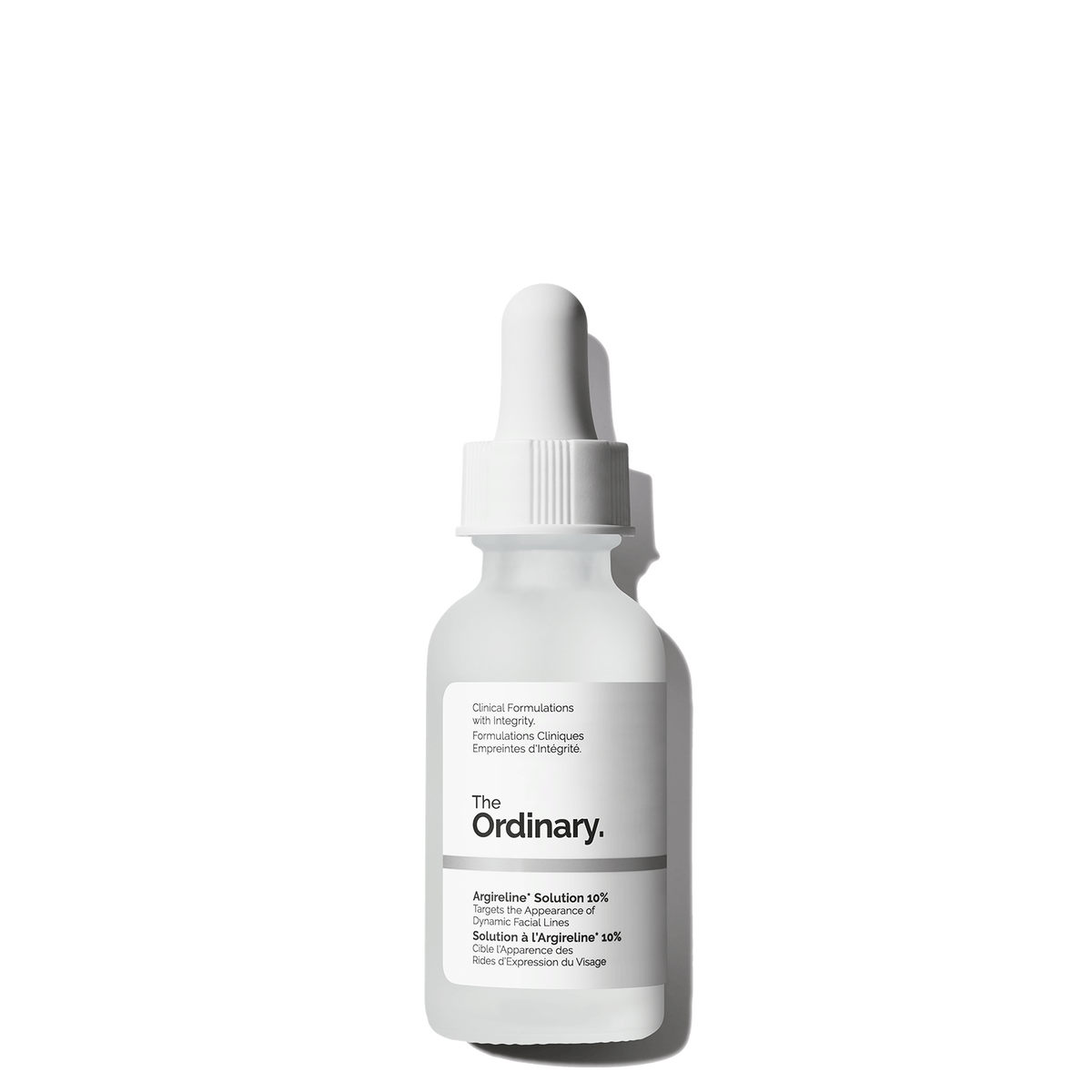

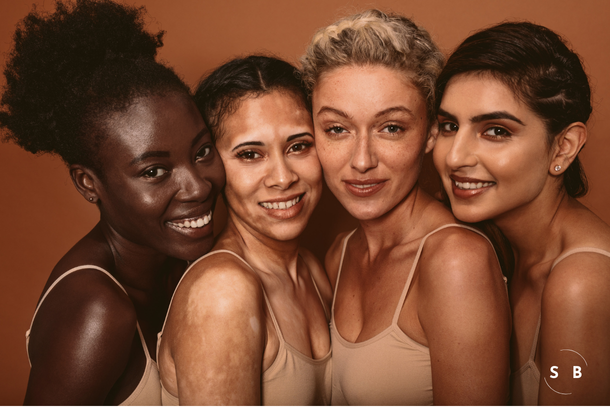
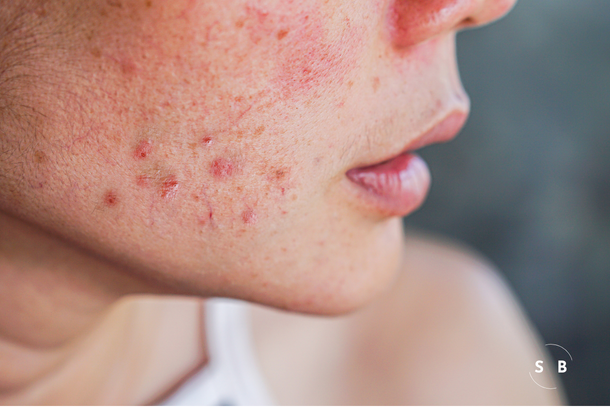
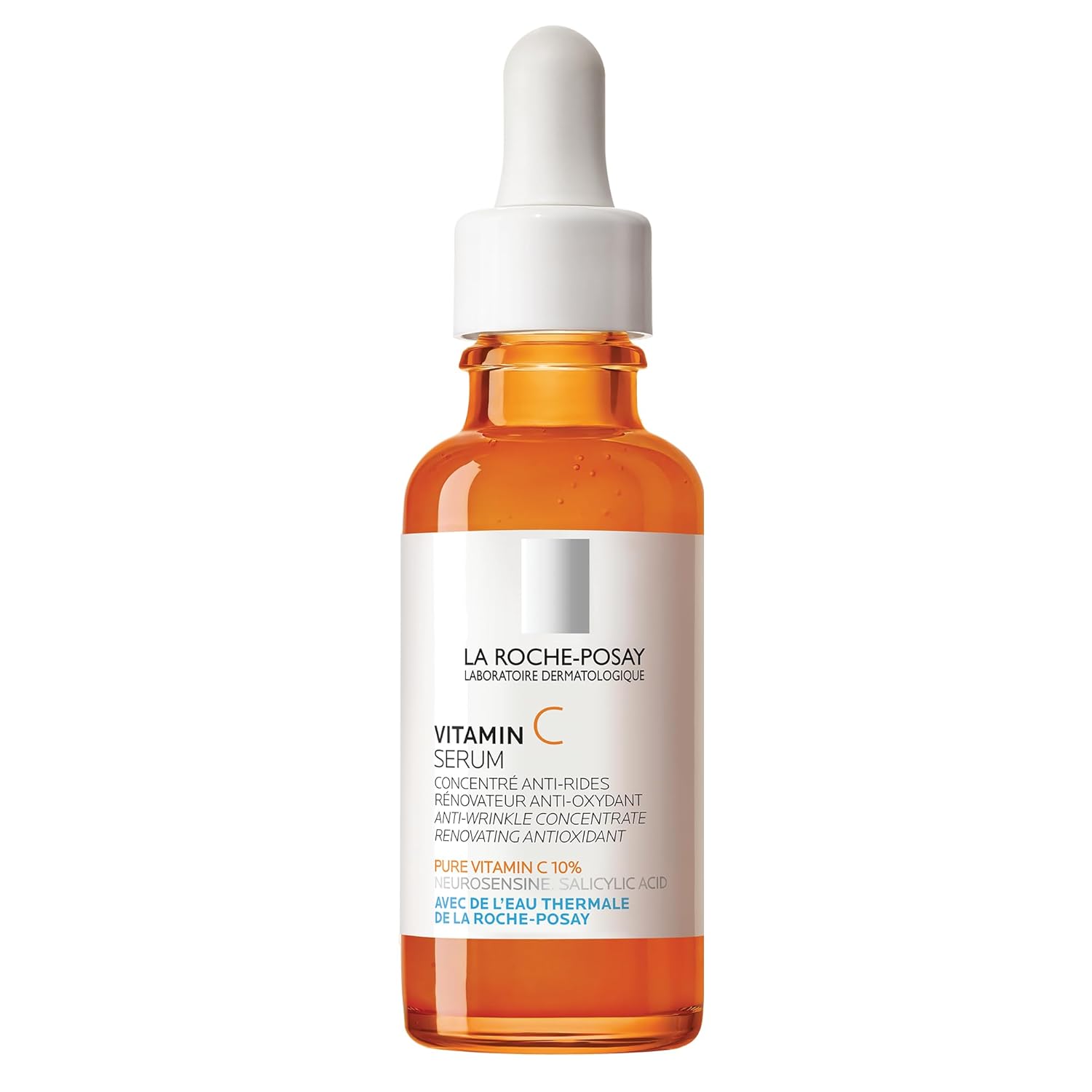
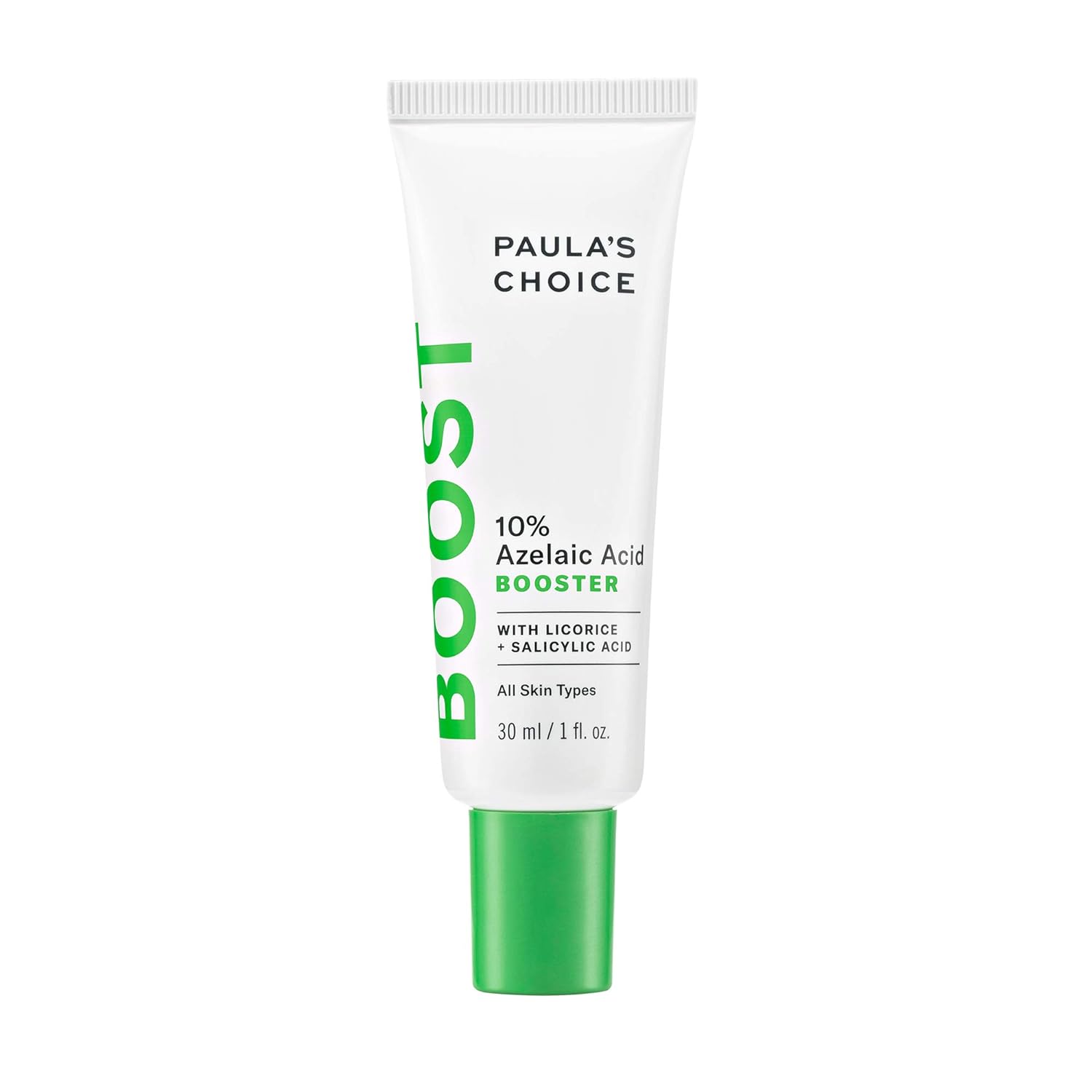
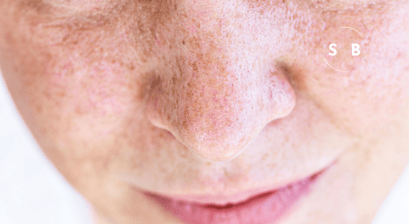
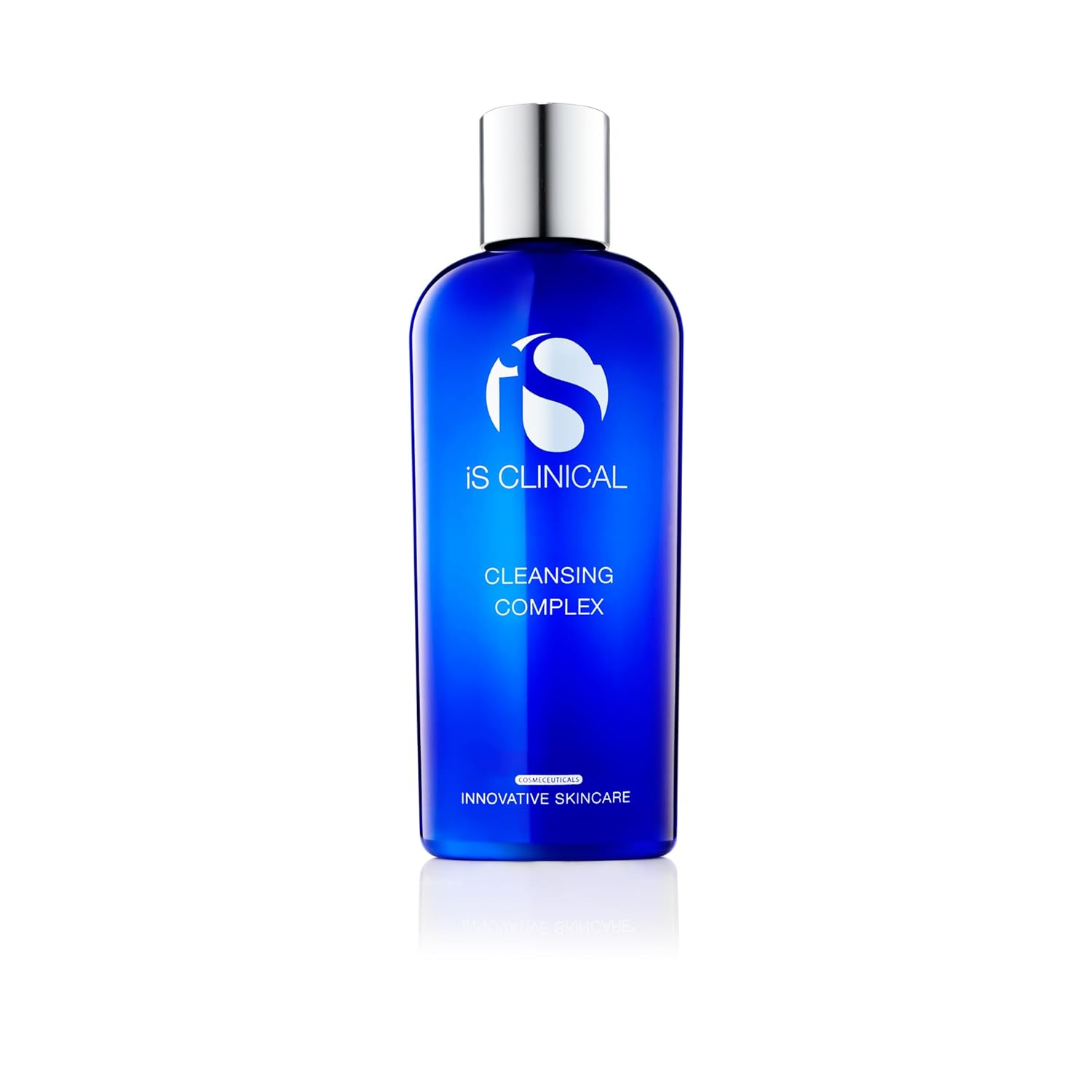
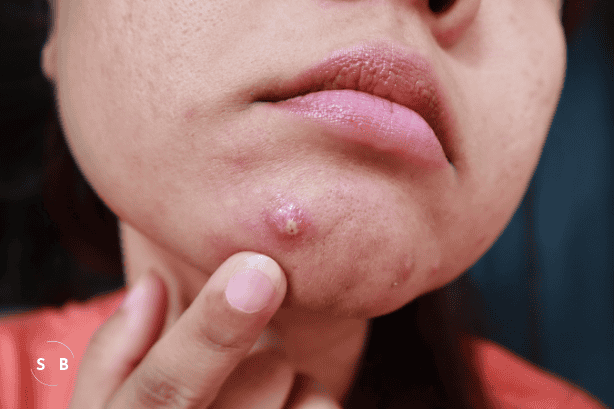
Leave a Reply